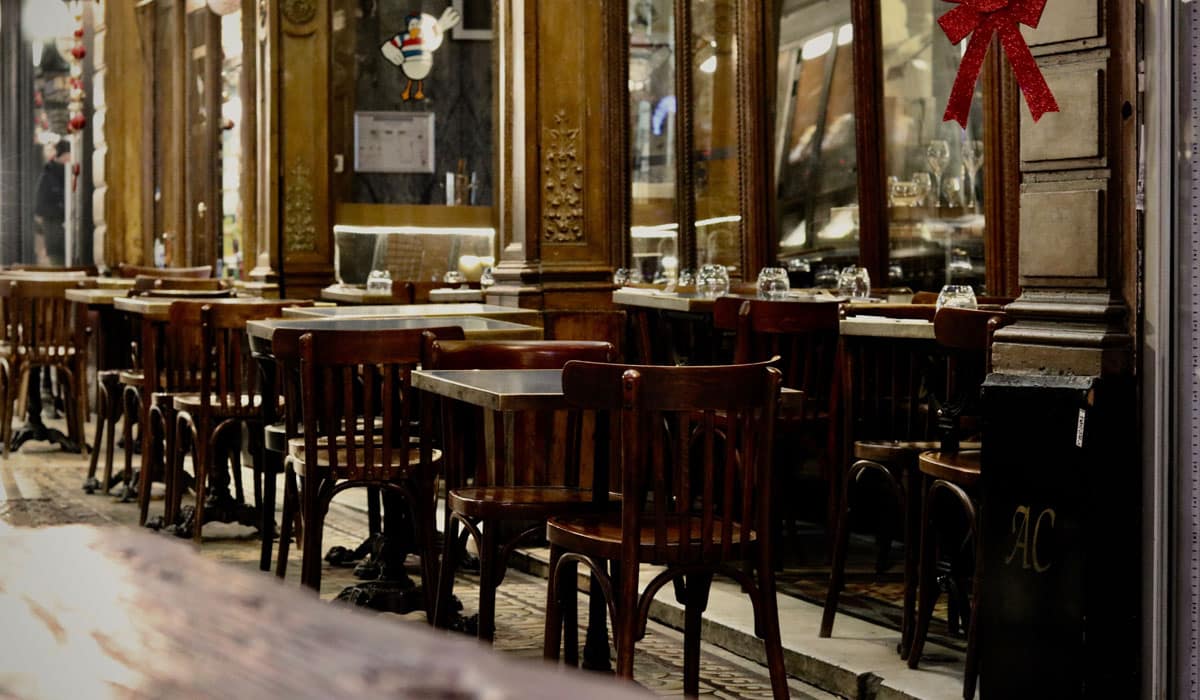The Small Business Administration’s Paycheck Protection Program has run its course.
It was scheduled to shut off at the end of May, but it closed to new applicants a few days early “due to the high volume of originations.” As of June 1, the PPP distributed nearly $800 billion to small businesses across 14 months.
The program, part of the $2 trillion CARES Act passed in late March 2020, was intended to assist struggling businesses by providing forgivable loans to be spent on workers, rent, utilities, and other areas. More than 8.5 million companies and nonprofits have received funding to survive the COVID crisis.
SBA Administrator Isabella Casillas Guzman acknowledged that millions of underserved businesses, particularly those owned by women and people of color, were left out of early rounds. However, she noted that in 2021, 96 percent of PPP loans went to small businesses with fewer than 20 employees.
“I’ve heard story after story from small business owners across the country about how PPP funds helped them keep the lights on, pay their employees—and gave them hope,” Guzman said in a statement.
Thirty-two percent of loans went to low-and-moderate income communities, and Community Financial Institutions provided 1.5 million loans totaling $30 billion in 2021. This year, the PPP loans averaged $42,000, which the SBA said is a sign of targeted relief toward small businesses.
The PPP wasn’t without criticism, especially from the restaurant industry. Many operators argued about certain stipulations, such as bringing back workers to earn forgiveness even though their stores were tightly restricted or not allowed to reopen at all. And early into the process, bigger names like Shake Shack and Ruth’s Chris were able to apply for and receive loans, although both returned the money. Potbelly also returned a multi-million dollar loan, but applied for and received a second one a few months later.
READ MORE: Shake Shack Returns its $10 Million PPP Loan
This year, restaurants received new hope with the opening of the $28.6 billion Restaurant Revitalization Fund. The grants cover several key expenses, such as payroll, rent/mortgage, debt service, supplies, construction of outdoor seating, business food and beverage expenses, and several more areas. However, it quickly became clear that the fund would run out. The portal opened on May 3 and closed May 24, with more than 362,000 applications seeking $75 billion in funding.
“The National Restaurant Association and our state partners are working with our Capitol Hill supporters on a legislative strategy to replenish the RRF,” Sean Kennedy, the Association’s EVP of public affairs, said in an email May 26. “Despite the clear need for action, passage in Congress is by no means assured. Legislators need to understand that our industry is digging out of hundreds of billions in losses and that almost no restaurant will be ‘back to normal’ anytime soon. We will kick off our drive to produce a bipartisan bill next week, and you’ll be hearing a lot more from us soon.”
The PPP and Restaurant Revitalization Fund were two of eight disaster relief programs established by Congress to help small businesses. The others include Economic Injury Disaster Loan (EIDL), EIDL Advance, Targeted EIDL Advance, Supplemental EIDL Advance, Shuttered Venue Operators Grant, and SBA Debt Relief program.













